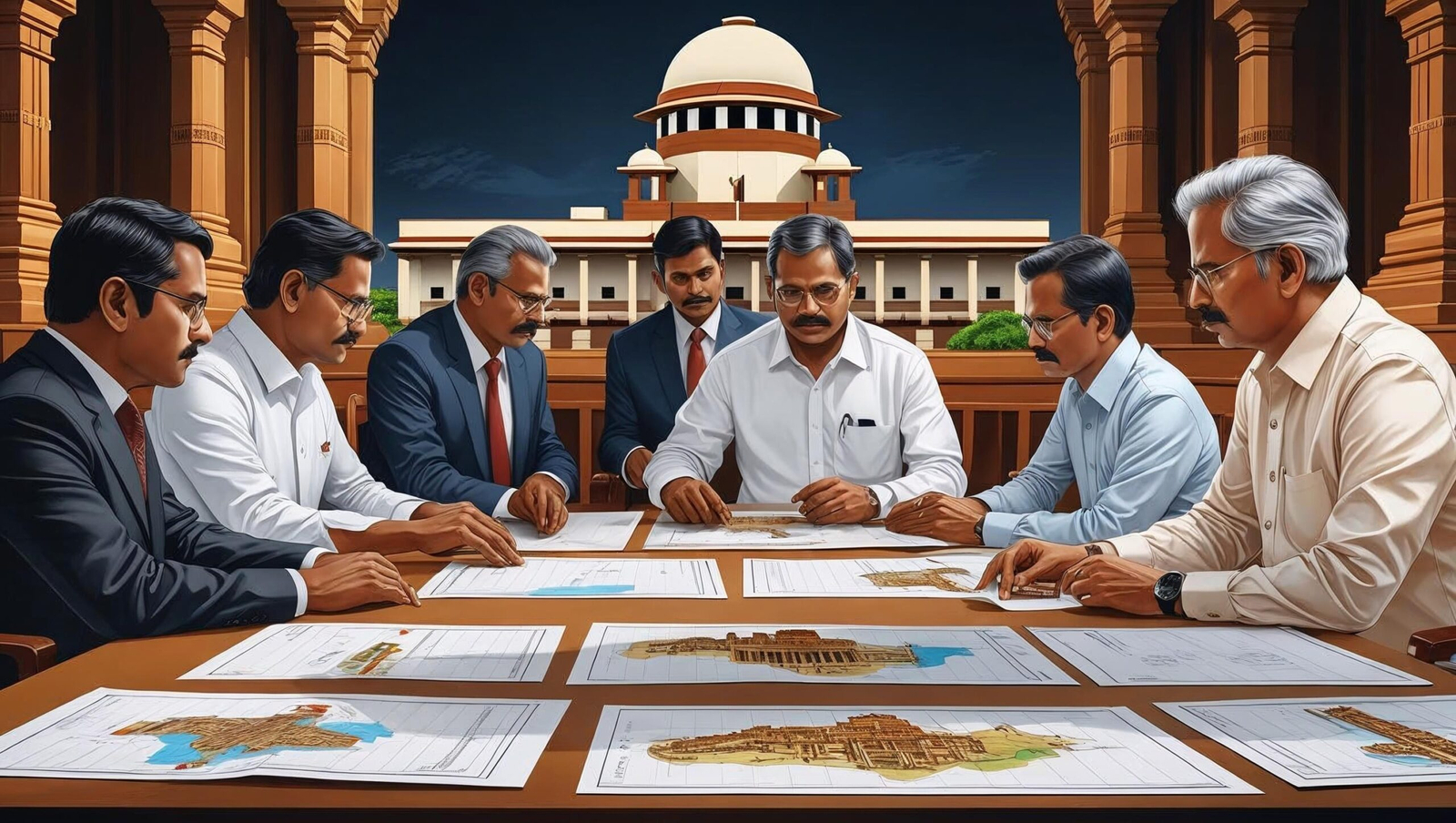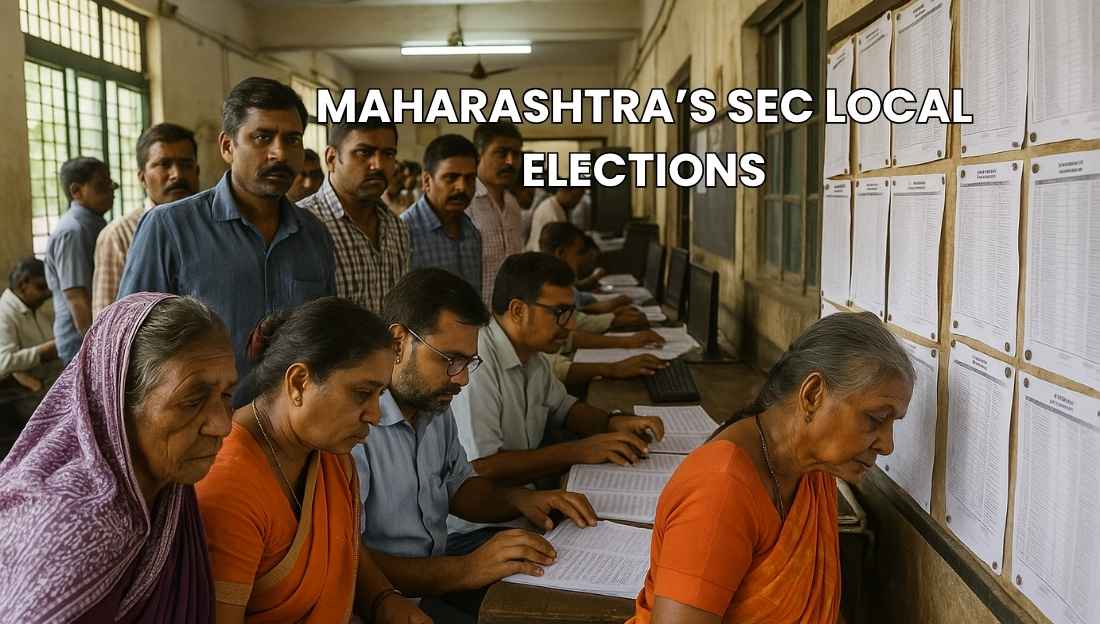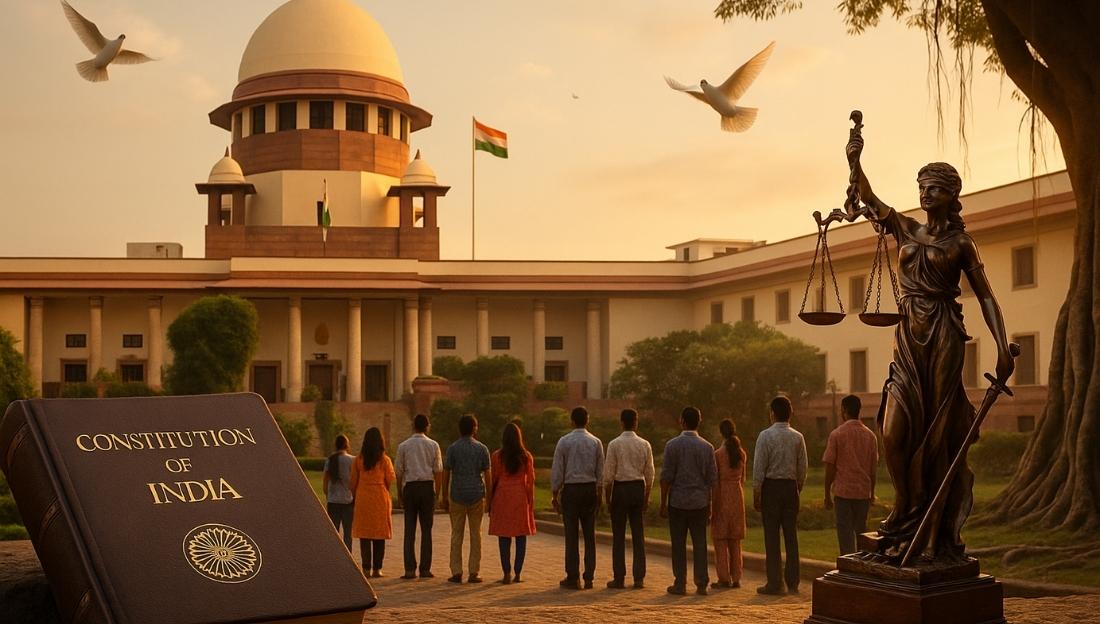AGAMAS
The Supreme Court has asked a Madras High Court committee to submit a report within three months to distinguish between Agamic and non-Agamic temples in Tamil Nadu. The issue is significant for managing temple rituals and preserving ancient religious traditions.
What are Agamas?
- Agamas are a group of Hindu religious texts that guide worship, rituals, temple design, and spiritual practices.
- The term “Agama” means “that which has come down” — referring to teachings passed through generations.

- These texts provide detailed instructions on:
- Philosophy and cosmology
- Meditation and different forms of yoga
- Use of mantras
- Building temples and idol worship
- Ways to fulfill spiritual and material goals
Main Branches of Agamic Texts
- Shaiva Agamas – related to the worship of Lord Shiva
- Vaishnava Agamas – centered on Lord Vishnu
- Shakta Agamas (Tantras) – devoted to Goddess Shakti
Relation with Vedas
- Though Agamas are not derived from the Vedas, they do not contradict Vedic teachings.
- They are considered Vedic in spirit, which gives them religious authority.
Relevance in Tamil Nadu Temples
- Many temples in South India, especially in Tamil Nadu, follow Agamic rules for:
- Daily rituals
- Festivals
- Temple management
- Proper classification between Agamic and non-Agamic temples affects how rituals are performed and who can perform them.
Why It Matters
- The identification process will help in preserving traditional religious practices.
- It also raises issues related to temple autonomy, priest appointments, and state control over religious institutions.
Conclusion
The study of Agamic and non-Agamic temples is crucial for protecting India’s temple heritage, especially in Tamil Nadu where Agama traditions shape daily worship practices.





